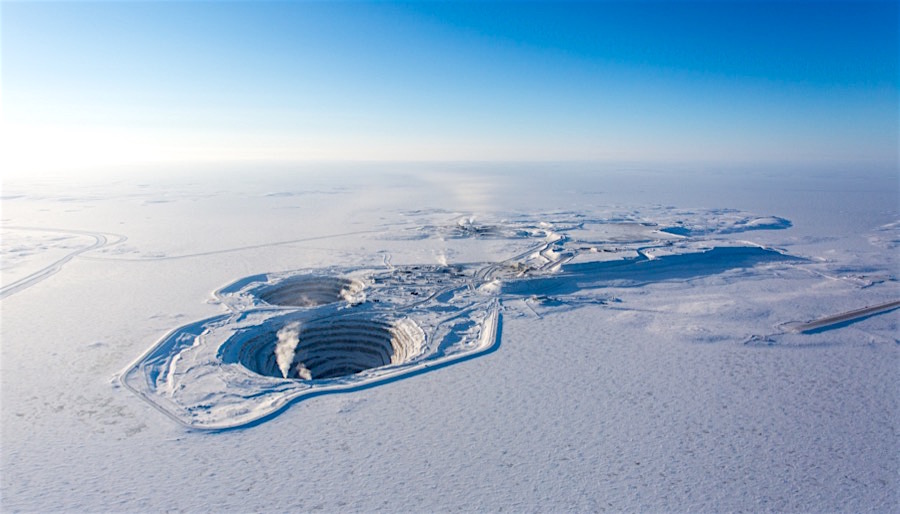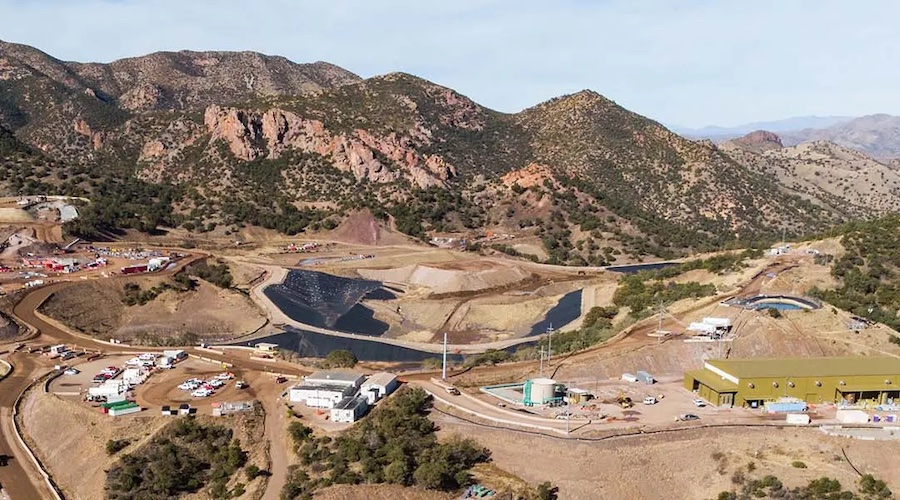Global rough diamond production about to reach its peak

Despite the recent opening of two new mines, global rough diamond production will reach its peak by 2019 and there will be a supply deficit only a year after that, two separate reports published this week show.
Global rough diamond production will reach its peak in only three years before entering into a supply deficit by 2020, two separate reports show.
According to one of them, unveiled Wednesday by consulting group GlobalData, production of rough diamonds will increase from 127 million carats last year to 134.5 million carats by 2020, a compound annual growth rate of 2.1%.
Such growth will be supported by the expansions at operating mines including Lukoil Oil Company’s Vladimir Grib project in Russia, the Diavik and Ekati Diamond mines in Canada, and Rio Tinto’s Argyle mine in Australia, said Cliff Smee, GlobalData’s head of research and analysis for Mining.
But from 2019 onwards, output will begin to decline due to depleting reserves at Argyle, Diavik and Ekati, which accounted for roughly 18% of global production this year.
The expected supply deficit could be worsened by the fact that 47% of global diamond production comes from countries of high political risk, including the Democratic Republic of Congo and Russia, the report says. Supply could fall below projected levels if political disruption affects projects in those countries, it adds.
 Another report, published earlier in the week by Bain & Company, expects rough diamond output to rise sharply in 2017 after stagnating for the best part of a decade. The analysts see global production increasing to around 150 million carats by 2019, before declining over the following decade by an average of 1% to -2% a year.
Another report, published earlier in the week by Bain & Company, expects rough diamond output to rise sharply in 2017 after stagnating for the best part of a decade. The analysts see global production increasing to around 150 million carats by 2019, before declining over the following decade by an average of 1% to -2% a year.
New supply from the Luaxe mines in Angola will be partly offset by likely delays in the operations at the Bunder mines in India and the shutting down of De Beers’s Snap Lake in Canada, the analysts added.
More News
South32 breaks ground on remote operating center at Hermosa project in Arizona
April 24, 2025 | 04:20 pm
{{ commodity.name }}
{{ post.title }}
{{ post.date }}



Comments
ANDOR
Shore Gold in Saskatchewan can produce over three million cts per year for the next 100 or more years. Probably four or more million cts per year on a steady basis for over 100 years once they have delineated all the apparent mining reserves at Orion, Taurus and other locations. With my projected IRR of well in excess of 30% the current price is insanely low. The new technologies being used in the production process clearly define costs that are bearable and long term profitable. This is a safe, clean and long term project in a friendly political climate. Every RRSP in the country should have some of this … At $210.00/ct average run of the mine it can only get better as the over 20% type !!a diamonds start dropping in. There are already signs of some really big stones showing up. Look out Lucara.!! Right now it’s STAR and ORION SOUTH. Double that to get into ORION NORTH AND CENTER and double all of it with the remaining deposits at TAURUS and nearby locations. …. And there is more …. much more and well … like I have said before … more diamonds that stars in heaven and wealth for generations for roads and schools and families and a healthy prosperous community ….